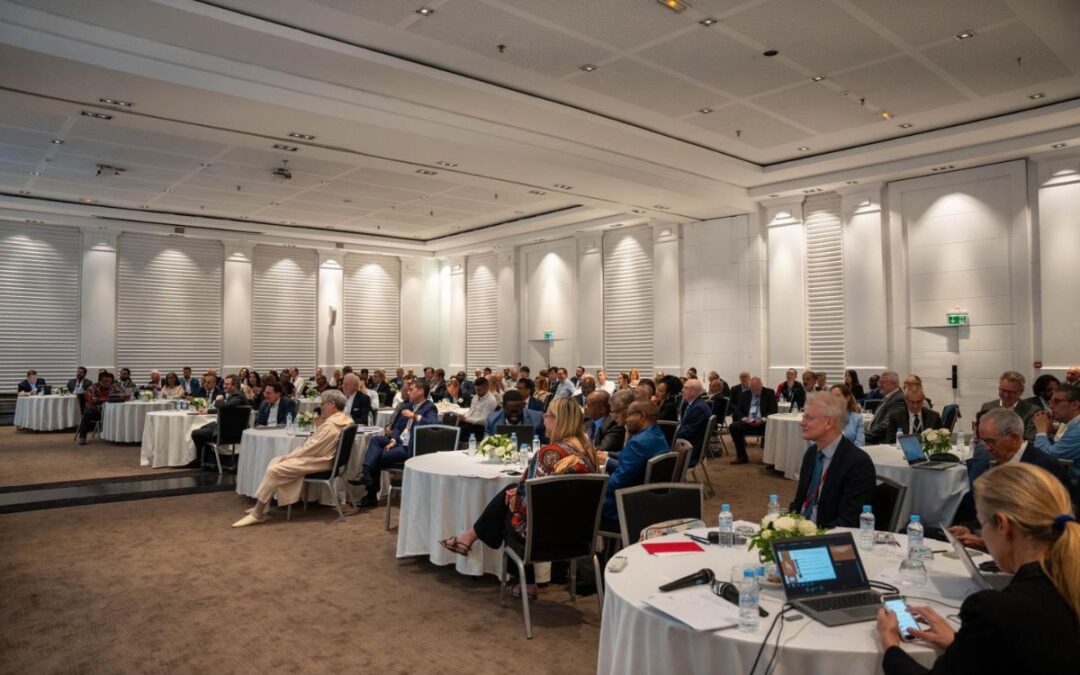
INSIGHT : Legal Article
The practicability of Simplified Recovery Procedures & Enforcement Measures under OHADA
The Uniform Act Organising Simplified Recovery Procedures and Enforcement Measures (hereinafter the UA) was enacted in 1998 and unlike most of the other Uniform Acts, the UA has not been revised. It is thus interesting to understand how well the proposed recovery procedures and enforcement measures work from a practical perspective in 2019.
Simplified Recovery Procedures & Enforcement Measures
There are several simplified procedures and enforcement measures proposed by the UA to cater for the dynamics of the business climate in the Member States of the signatories to the OHADA Treaty. There are two Simplified Recovery Procedures:
• Injunctions to pay; and
• The Simplified Procedure to Secure the Delivery or Restitution of Specific Personal Property.
The most widely used enforcement measures are:
- Seizure Operations (saisie conservatoire);
- Seizure-Awards of Debts Garnishee proceedings (saisie attributions de créances); and
- Attachment to Real Property (saisie immobilière)
Injunctions to pay are the most widely used simplified recovery procedure proposed by the UA. To use this remedy, the debt must be certain (arising from a contractual relationship between the parties), liquid (can be determined in monetary terms) and enforceable (the time for payment has elapsed considerably).
Implementation
Injunction to pay
Injunctions to pay are the most widely used simplified recovery procedure proposed by the UA. To use this remedy, the debt must be certain (arising from a contractual relationship between the parties), liquid (can be determined in monetary terms) and enforceable (the time for payment has elapsed considerably).
For economic operators, this procedure seems to have been very useful when it comes to debt recovery given that all that is required is that the debt be certain, liquid and enforceable. Injunction orders are obtained by filing a court application enclosing the pertinent evidence. If the injunction order is issued, the enforcement measures provided can be used.
Seizure Operations (Saisie Conservatoire)
These have temporary effects and can be precautionary measures. They are typically granted if the lender is able to establish that the debt recovery is threatened, and this measure is needed to secure payment. Should the debtor fail to repay after the application of a seizure operation, the lender can convert to Seizure Awards of Debts to recover the debt.
Seizure-Awards of Debts (Garnishee Proceedings (Saisie attributions de créances)
This is the most commonly used enforcement measure. As indicated above, seizure operations can be converted to seizure awards of debts. Like in seizure operations, the lender can carry out a seizure-award of debts over the accounts of his debtor held by a third party. The third party here is under an obligation to declare whether he has any assets in favour of the Debtor. This enforcement measure can be applied to all banks utilized by the Debtor, to determine where exactly the debtor has funds available. This measure is useful where the lender does not have an idea of which bank holds money to the benefit of the debtor. In other jurisdictions, it is likened to a garnishee proceeding.
Attachment of Real Property (Saisie Immobilière)
This enforcement measure is commonly used by banks. These banks are credit institutions whose day-to-day activity is to lend out money to businesses and individuals, usually against a collateral security. This collateral security most often is a real property (built or unbuilt). Once the debtor defaults on the loan, the banks who are usually already in possession of an enforceable deed, proceed with an attachment of real property, with the aim to sell the property and retrieve his debt.
It is worth noting that there are legal time limits within which to execute any of these measures once an order is granted.
Practical Challenges
Although they seem to be “simplified” recovery procedures and enforcement measures, in practice they are not.
Some of the practical challenges include:
- Ability to establish that the debt is certain, liquid and enforceable .
- Excessive powers vested in the State Judges, who are vested with the discretion to evaluate the basis of an application to issue an order for the execution of a recovery procedure, or an enforcement measure.
- Difficulties in sufficiently establishing the required characteristics depending on the measure sought.
- Long delays caused by the opposition procedures applicable to each of these recovery procedures and enforcement measures.
- The other side may initiate legal proceedings and appeal decisions handed down by the court.
- In some OHADA states, there is the local requirement to pay a court deposit to initiate some of these enforcement measures and recovery procedures which makes it practically and financially difficult for the lenders to recover their debt.
- Ability to establish that the recovery of the debt is threatened.
- Even where an order has been issued for such seizure, at request of the debtor, the judge may order the cancellation where the lender has failed to establish the risk.
- Lengthy nature of the attachment of real property.
- Sometimes the seizure is directed to someone who is not the actual debtor of the lender. Such person can appeal, which is usually lengthy and slows down the recovery procedure.
- It is sometimes difficult to ascertain/identify the assets to seize.
Recommendations
The recovery procedures and enforcement measures may not be as simplified as expected, yet, the procedures and measures have facilitated debt recovery within OHADA member states and encouraged business growth.
The UA however has not been amended since its enactment. The following modifications are proposed:
- More precision on the elements required to establish the basis for an order for the requested recovery procedure or enforcement measure .
- Reduce the discretionary powers granted to judges with regards to these procedures.
- For injunctions to pay, given that the proceeding are ex parte, they should remain as such without the involvement of the debtor.
- More emphasis on appeals opposition i.e. appeals should be admitted only where it has been sufficiently demonstrated that:
a. the debtor is not in default and the measures of the lender are abusive; or
b. the debtor is willing and able to pay without judicial intervention.
Legal Notice
Copyright © 2018 Clarence Abogados & Asociados and the Clarence Abogados & Asociados logo are trademarks of Clarence International Holding Limited. All rights reserved. This article may contain the confidential and proprietary trade secrets of Clarence International Holding Limited and may not be copied or stored in an information retrieval system, transferred, used, distributed, translated or retransmitted in any form or by any means, electronic or mechanical, in whole or in part, without the express written permission of the copyright owner.
Disclaimer
The information materials and opinions contained on this article are for general information purposes only, are not intended to constitute legal or other professional advice and should not be relied on or treated as a substitute for specific advice relevant to particular circumstances. Neither Clarence Abogados & Asociados nor any other Clarence International Holding Limited entity accepts any responsibility for any loss which may arise from reliance on information or materials published on this article. Prior results do not guarantee a similar outcome.



